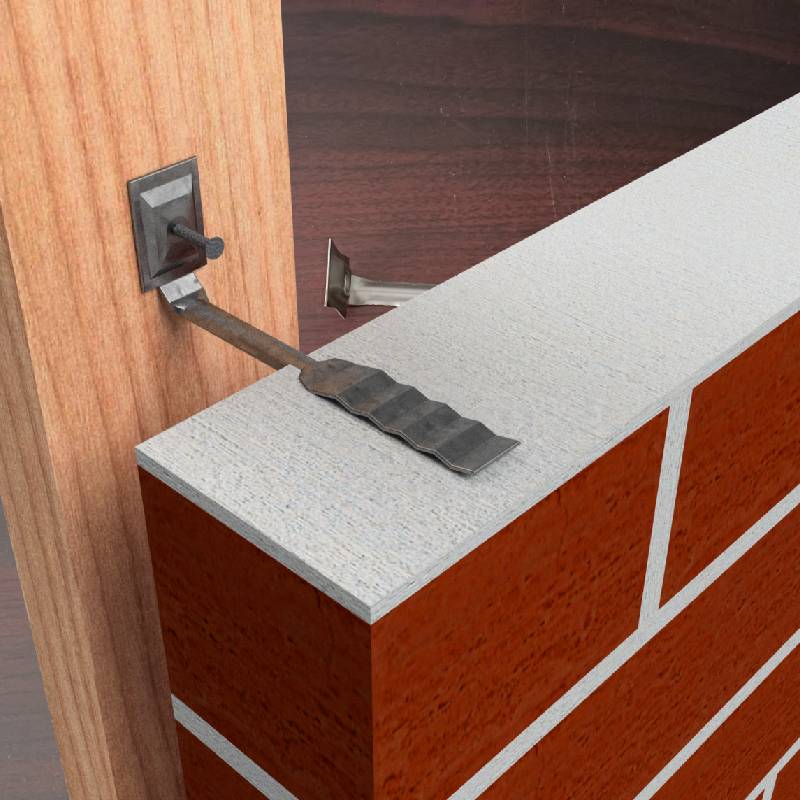
- Mobile Phone
- +8613931874955
- sales@cntcmetal.com
Innovative Solutions for Tree Root Ball Netting Systems and Their Applications
The Importance of Tree Root Ball Nets in Arboriculture
Tree planting is an essential practice in urban and rural landscaping, forestry, and environmental conservation. Among the various tools and techniques used to ensure the successful establishment of trees, the use of root ball nets has gained significant attention in arboriculture. This article delves into the importance of tree root ball nets, their benefits, and best practices for their utilization in planting.
What are Tree Root Ball Nets?
Tree root ball nets are protective mesh materials used to encase the root system of a tree during transportation and planting. These nets serve multiple functions they hold the soil and roots together, reduce damage during handling, and help ensure that the root system establishes itself successfully in the new environment. Typically made from biodegradable materials, root ball nets are designed to support trees from the nursery to their ultimate planting location.
Benefits of Using Tree Root Ball Nets
1. Protection of Roots One of the most significant advantages of using root ball nets is the protection they offer to the tree's root system. When trees are dug up from nurseries, their roots can become exposed and vulnerable to damage. The net helps to keep the roots intact and secure, minimizing the risk of transplant shock and promoting healthier growth post-planting.
2. Ease of Transportation Tree root ball nets simplify the logistics of moving trees from one location to another. By holding the soil and roots together, these nets make it easier to handle the trees, reducing the likelihood of soil spilling and roots being damaged during transit. This is particularly beneficial for large or heavy specimens that can be cumbersome to move.
3. Encouragement of Root Growth After planting, the net can assist in encouraging root growth in the new environment. As the roots begin to grow outward, they will push through the biodegradable netting, further integrating with the surrounding soil. This contact promotes a healthier establishment phase, allowing trees to adapt more effectively to their new habitat.
4. Environmental Sustainability Many root ball nets are designed to be biodegradable, which means they break down naturally over time without leaving harmful residues in the soil. This aligns with sustainable planting practices, ensuring that the environment is respected and preserved during the tree planting process.
tree root ball nets

5. Improved Success Rates By providing the aforementioned benefits, root ball nets contribute to higher success rates in tree survival and establishment. Studies have shown that trees planted with the support of root ball nets tend to exhibit better overall health and growth when compared to those planted without this supportive measure.
Best Practices for Using Tree Root Ball Nets
To maximize the benefits of tree root ball nets, arborists and landscapers should adhere to specific best practices
1. Choose the Right Netting Material It is crucial to select a netting material that is compliant with local regulations and suitable for the specific type of tree being planted. Biodegradable options are generally preferred, as they integrate seamlessly into the soil environment.
2. Proper Planting Techniques When using root ball nets, it is vital to ensure that the tree is planted at the correct depth. The top of the root ball should be level with the surrounding soil to encourage healthy growth.
3. Remove Excess Netting If any part of the netting is above ground after planting, it should be removed or cut back. Leaving portions of the net exposed can lead to complications, including choking the growth of the tree.
4. Monitor Tree Establishment After planting, ongoing monitoring of the tree’s health and growth is essential. Be aware of signs of stress or poor establishment so that corrective measures can be taken promptly.
Conclusion
Tree root ball nets are a crucial component of successful tree planting and establishment practices within arboriculture. By offering protection, facilitating transportation, encouraging root growth, and promoting sustainability, these nets serve as an invaluable tool for arborists, landscape professionals, and environmental stewards alike. As we continue to prioritize the importance of trees in our ecosystem, understanding and utilizing tree root ball nets can significantly enhance our efforts in fostering healthy and vibrant urban and natural landscapes.
share:
-
Your Source for Concrete Wall Ties and Masonry AccessoriesNewsJul.10,2025
-
Unlocking the Power of Iron Wire for Every ProjectNewsJul.10,2025
-
Explore Advanced Chain Wire and Stainless Steel Mesh FencingNewsJul.10,2025
-
Discover the Benefits of Annealed Wire ProductsNewsJul.10,2025
-
Discover China Stainless Steel Wire Mesh SolutionsNewsJul.10,2025
-
Build with Confidence Using High-Performance Masonry AccessoriesNewsJul.10,2025
-
Why Sacrificial Formwork Is Redefining Underground ConstructionNewsJun.06,2025



















